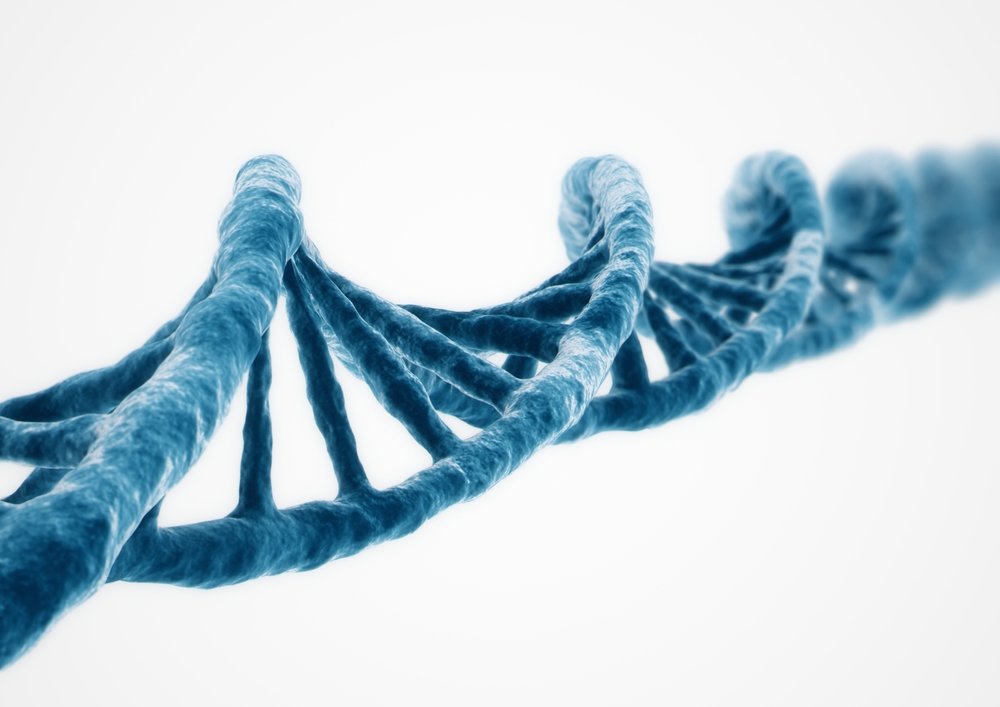3D Structure of TTR Protein Determines Its Cellular Effects, Study Reports

The effect of the familial amyloid polyneuropathy (FAP) hallmark protein transthyretin (TTR) on cells is associated with its specific three-dimensional shape, according to Italian researchers.
Their study, “A FTIR microspectroscopy study of the structural and biochemical perturbations induced by natively folded and aggregated transthyretin in HL-1 cardiomyocytes,” was published in the journal Scientific Reports.
Both the non-hereditary “wild-type” TTR amyloidosis (ATTR, also called senile systemic amyloidosis), a disorder affecting about 25% of people over 80, and the hereditary form of the disease (hATTR), or FAP, are characterized by an accumulation of misfolded TTR proteins.
Damaged peripheral nerves, or polyneuropathy, and/or cardiomyopathy — diseases of the heart muscle — are predominant signs of TTR amyloid disorders.
Despite extensive research, the precise mechanisms of protein misfolding and aggregation in specific organs and cells is still lacking. Better knowledge of what drives these pathological (disease-causing) changes is needed to develop new therapeutic strategies.
The scientists believe specific biochemical alterations caused by the aggregates may be associated with cell dysfunction, as well as with inflammation and oxidative stress.
They used a noninvasive, analytical technique called FTIR microspectroscopy, coupled with a tool to process large data sets, aiming to analyze content and structural changes in intact HL-1 cardiomyocytes — cardiac muscle cells — exposed in vitro to “wild-type” (WT) or mutant (L55P) transthyretin in normal (native) or amyloid (aggregated) conformation.
According to the team, this technique provides information on the main molecules in the cells, including lipids (fat), proteins, nucleic acids (such as DNA and RNA), and carbohydrates in a single measurement.
Of note, deposits of the highly amyloid aggregate-forming mutant L55P-TTR are observed outside the cells in “wild-type” ATTR and in aggressive forms of FAP.
The results showed that the major effects, linked with changes in lipid properties and in cell metabolism, were observed when natively folded WT or mutant transthyretin were administered to the cells. Increased oxidative stress was observed with both native and aggregated conformations.
The data further revealed that the aggregated conformation of both WT and mutant TTR induced autophagy (a cellular process to clear aggregated proteins, as well as other cellular components) but to a lesser extent compared to the natively folded TTR mutant.
The findings also showed that transthyretin in the aggregated conformation induced milder effects and in some cases with a different timing compared to the natively folded protein in both WT and mutant variants.
The results suggest that different TTR species interact at the cell membrane through specific mechanisms, thereby leading to differential effects, the researchers wrote.
The study also shows that the FTIR technique “is able to provide new insights and clues on the molecular events resulting in functional modifications, impairment and demise of cells,” they wrote.






